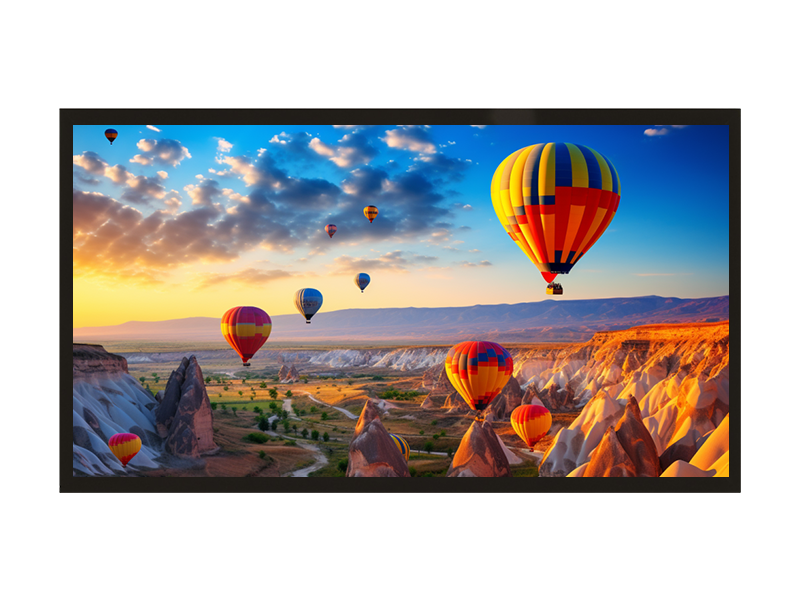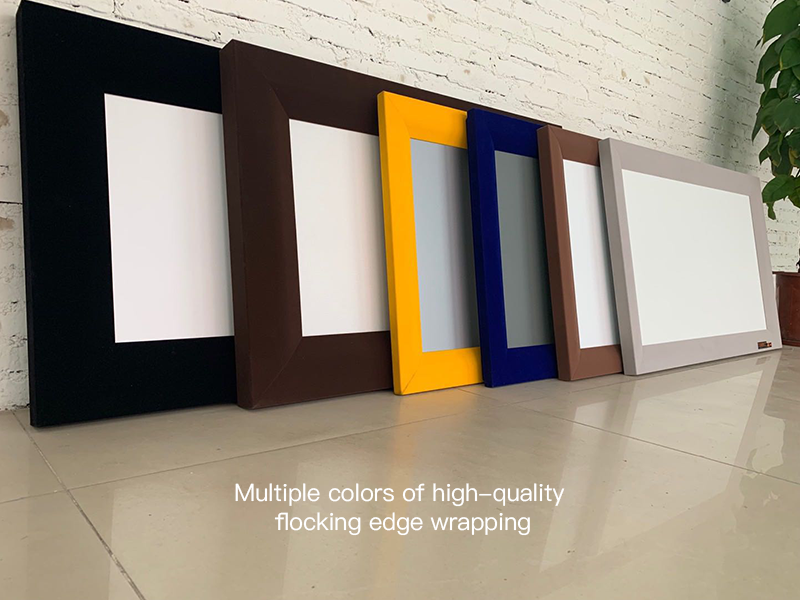

1. Common Confusion in Screen Selection: Is White Screen Always Better?
In 2025, many home theater users struggle with “choosing white projection screen or gray projection screen” when preparing. Most people first think white screens are better—after all, white screens are traditionally thought to have more transparent and vivid colors, with clearer images. But due to limited knowledge of projection screens, many have misunderstandings about gray projection screens, even ruling them out directly and missing the better option for their scenario. As a professional custom projection screen brand, ZSM has seen many customers fail to maximize device performance because they chose the wrong screen.
2. Core Parameter Comparison Between White and Gray Screens (2025 Latest Data)
| Comparison Dimension | White Projection Screen | Gray Projection Screen |
|---|---|---|
| Ambient Light Adaptability | Only for fully controlled light scenes | Absorbs 30%+ ambient stray light |
| Gain Range | 1.2-1.8 (High Gain) | 0.8-1.2 (Low Gain) |
| Viewing Angle | 120°-150° | 160°-180° (Wide Angle) |
| Black Level Performance | Prone to whitening under ambient light | Deeper black levels, 20%-30% contrast improvement |
| Applicable Scenarios | Dark home theaters (dark decoration) | Living rooms/multi-purpose entertainment rooms |
3. Debunking 2 Common Misconceptions About Gray Screens
- Misconception 1: Gray screens can’t reproduce pure white?
Many people think “gray screens make white less pure,” but the problem isn’t the screen! If the projector brightness is below 2500 lumens (entry-level brightness of mainstream home projectors in 2025), or the screen size exceeds 120 inches with a low-gain model, both white and gray screens will have dim white. ZSM’s custom gray screens use high-color-gamut substrates, and when matched with projectors above 2500 lumens, white reproduction is on par with high-quality white screens. - Misconception 2: Gray screens cause color distortion?
Truth: Color distortion has nothing to do with “white/gray”—it’s related to substrate color temperature. For example, when illuminated by a 6500K standard bulb, the reflected light of white or gray screens may be 5500K-7300K. ZSM adjusts according to the user’s projector parameters during customization, ensuring gray screens also accurately reach the 6500K standard color temperature. 2025 customer feedback shows 92% of users who chose ZSM gray screens think “no color distortion.”
4. Key Q&A: 2 Common Questions from ZSM Customers
Q1: For home theater, should I choose white or gray screen?
A1: It depends on ambient light control! Choose white projection screen if your home theater has dark decoration (wall/ceiling/furniture reflectivity <15%); choose gray projection screen for spaces like living rooms (ambient light reflectivity >30%). ZSM provides on-site light measurement services to customize screens based on actual scenarios.
Q2: If I choose a gray screen, do I need to replace it with a high-brightness projector?
A2: No need to replace blindly! ZSM customizes gray screens with corresponding gain (e.g., 1.0 gain) based on the user’s existing projector brightness (e.g., 2000 lumens model), retaining the anti-light advantage while avoiding dim images.
5. Summary: Don’t Follow Trends—Choose What’s Suitable
Don’t follow the crowd when choosing home theater projection screen: Choose white projection screen for dark home theaters to maximize color advantages; choose gray projection screen for light-complex scenarios like living rooms for better anti-light and wide-angle performance. ZSM’s custom projection screen service tailors screens to your space and projector parameters for better image quality.


